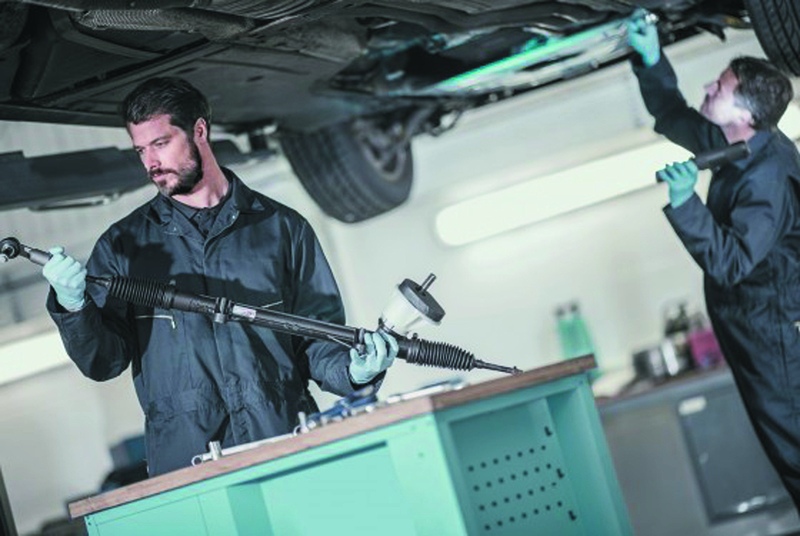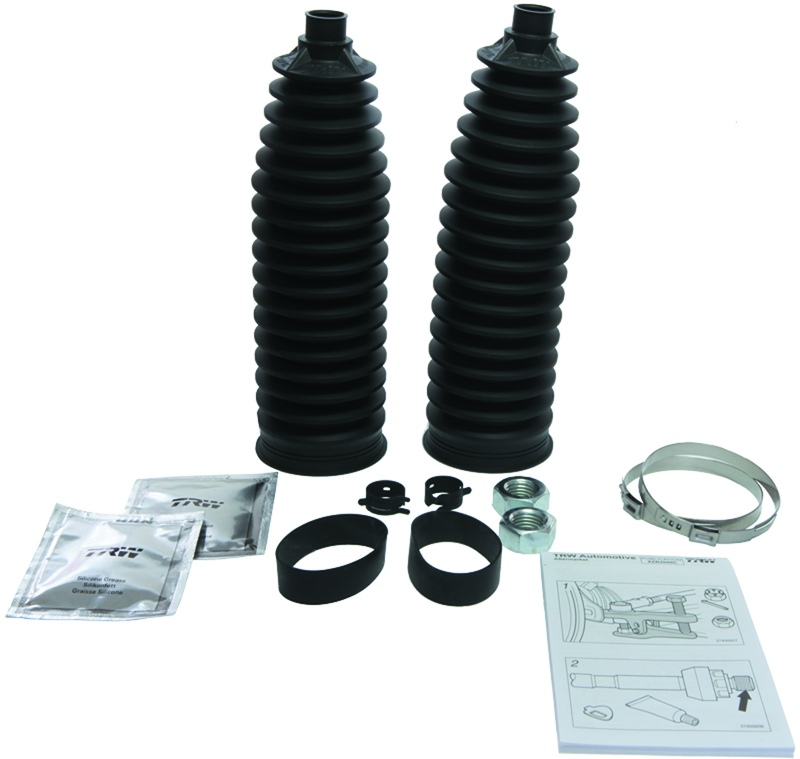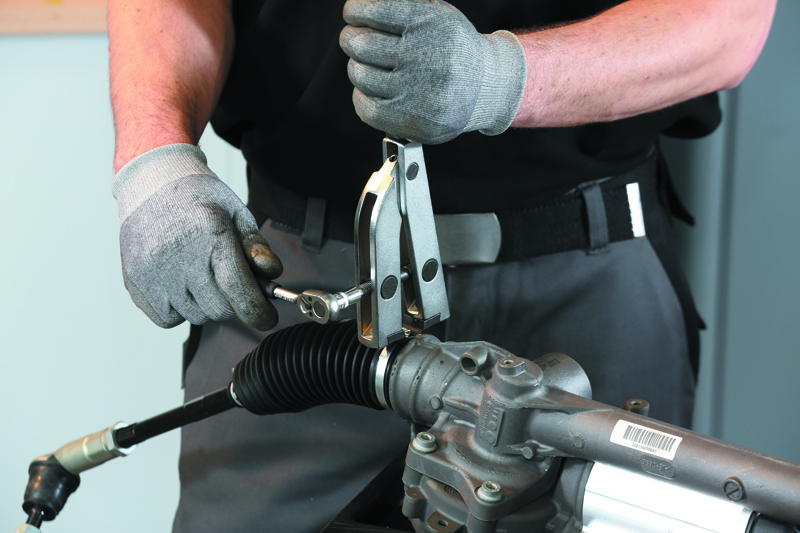
With the coldest season of the year in full flow as we enter the new year, ZF Aftermarket recommends that independent workshops take the opportunity to offer drivers a winter check-up for their vehicles.
While tyre type and condition are often the first consideration when getting the car moving and stopping it again safely in winter, the role of the brake, chassis and steering components in maintaining vehicle stability should not be overlooked. With that in mind, this article concentrates on the steering system, and in particular the steering joints and the boots/bellows that protect them.
Steering components operate in a harsh environment, which becomes even more challenging during the winter months. In continuous motion, they’re at the mercy of almost constant water splash from rain or melting snow on the roads.
They’re also abraded by grit from our disintegrating highway surfaces, attacked by salt used to combat freezing conditions, and in front engined cars, subjected to the heat of the motor.
Intact steering boots protect the steering system
Even under these conditions, the rubber boots that protect the precision joints in the system are expected to remain flexible and resist cracking or tearing under stress. Constructed from a thermoplastic elastomer, the boots ensure that no moisture or abrasive particles can penetrate the joints of the tie rods or the steering gear. Even the smallest crack can allow dampness, dirt and salt into these moving parts, causing them to corrode and wear – so it’s vital to inspect the boots thoroughly.
A corroded surface on the steering rack will abrade the seals on the steering ram, causing hydraulic fluid leaks. This in turn can lead to a reduction or complete loss of steering assistance for the driver, which is clearly a safety risk. By having steering boots checked regularly, a vehicle owner can avoid the expense of steering rack and tie rod replacement, and be confident that a quick, precise steering response will aid safe manoeuvring on hazardous winter roads.
Electrically-driven steering systems are not immune from these problems; they too can malfunction due to corrosion-related wear and tear, with sensitive electrical components within affected as well as the mechanical parts. Noise and sluggish or unpredictable operation may result.

Parts quality, special tools and correct assembly techniques
When it becomes necessary to replace a steering boot, it’s important to consider parts quality and to employ the correct tools and techniques. Use of OE parts will guarantee that the material composition provides the optimal combination of elasticity and longevity and that it will be a snug fit for the application. This, together with using purpose-designed tools in the correct manner, will ensure that the steering boots seal properly to the mating surfaces on the tie rod and the steering gear.
The fastening clamps for the steering boots must be replaced with new items in accordance with the vehicle manufacturer’s instructions. A small amount of silicone grease applied to the joint seats will make it easier to install the steering boots and improve the effectiveness of the seal. However, for some types of steering gear, additional rubber sealing rings are also used during installation – these are fitted to the joint seat first, then the boots are installed over the rubber rings. In these instances, no grease must be used as it would adversely affect the grip between the components and potentially allow the boots to detach.
In all cases, a purpose-designed boot clamp plier or joint banding tool is required to install the boot clamping bands correctly and securely. The use of side or end cutters or other improvised tools should be avoided, as this can lead to uneven or insufficient clamping, and may cut into the metal bands, weakening them and leading to early failure.

Pre-assembled steering gear eases installation
ZF Aftermarket offers a broad range of steering systems under its TRW brand, catering for over 98% of European passenger car models. This includes a number of pre-assembled steering gears with tie rods and steering boots already in place; fitting is fast and foolproof, saving time to increase workshop throughput.









